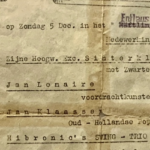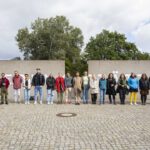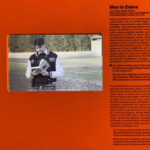Viktor Eberl´s post event report from the Symposium: Next Generations in Dialogue from the 26th of October to the 31st of October 2021
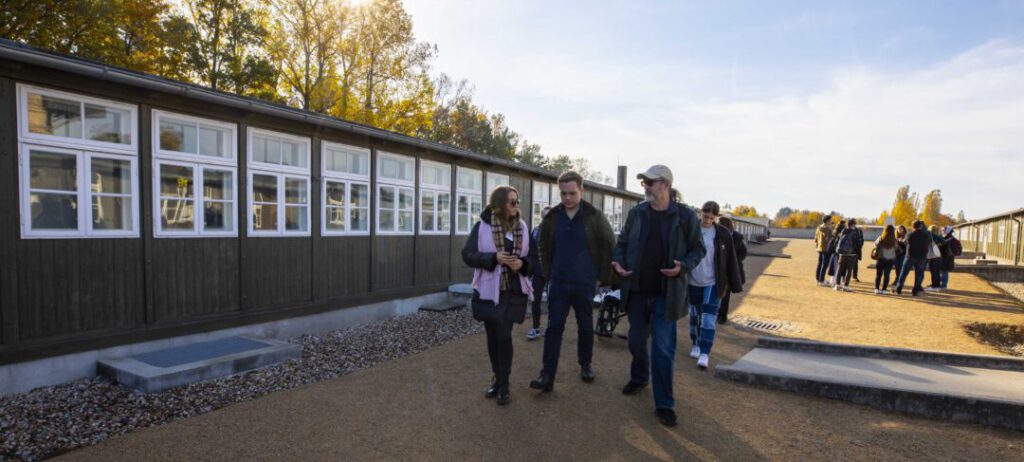
In autumn 2021, around twenty descendants of survivors and deceased of the Sachsenhausen concentration camp met for the first time in Oranienburg, near Berlin. According to the participants, the experiences far surpassed their expectations. At a basic level the symposium has for people with a shared family history connection to get to know each other and exchange experiences, however it also had the more abstract and long term goal of the participants working with each other in collective projects with the topic of historical remembrance. During the symposium the participants agreed to develop a project together that will be developed, refined and delivered in the upcoming weeks, months, and years.
The symposium started off with a brief getting to know each other phase as well as with an introduction to the upcoming program. The following day, the participants received guided tours and the ability to explore the sites of the former concentration camp, to become familiar with the memorial. The participants learned not only of the development of the area as a memorial but also to the daily life in the camp, with an added focus on aspects of the camp relevant to their respective ancestors. An added perspective was also given to the effect that the events of the camp had on the next generations.
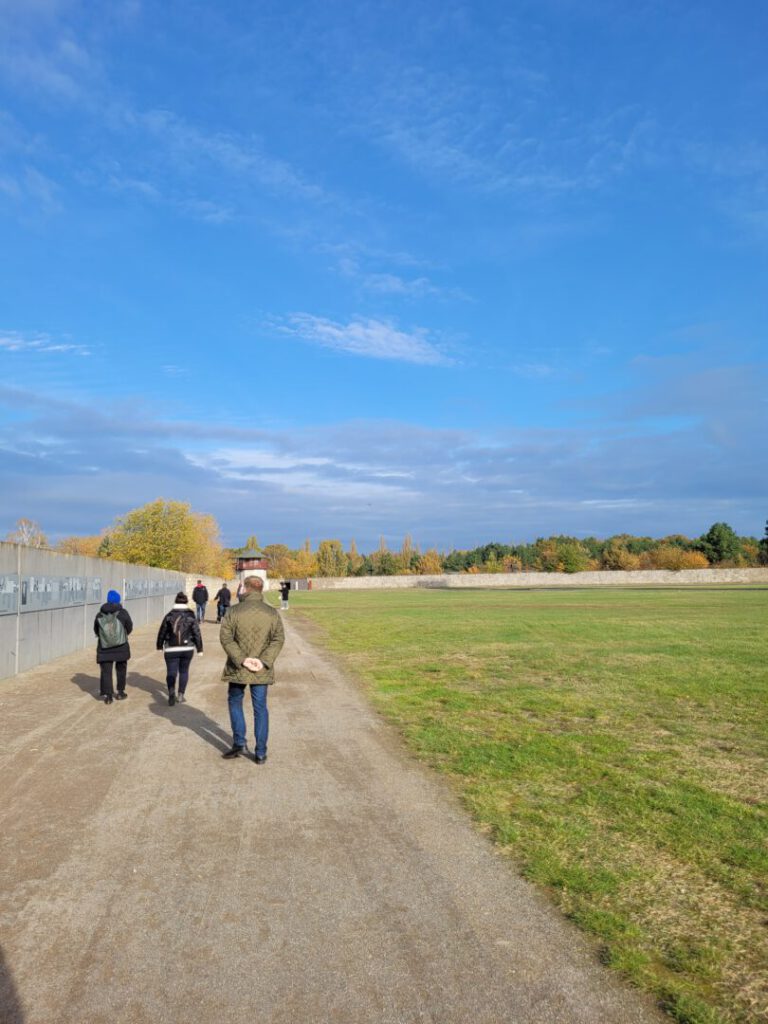
In this context, subsequently an exchange of perspectives took place between the director of the Memorial and Museum Sachsenhausen, Axel Drecoll, and the third-generation attendees. The participants could not only describe and explain the stories of their relatives, but also which effect the events had on their families as well as their lives personally. Meanwhile, the relatives took the chance of thanking the director for the further development of the memorial and the work done up to that point in the field of research and the indicating of possibilities of future projects in the context of the culture of remembrance.
Thereafter, the second day was devoted entirely to Berlin. The Topography of Terror Documentation Centre represented a special interest for some participants, as this was the place where for some ancestors it all began. Others clearly had difficulties in what they had seen during the exhibition. Afterwards the group had the ability to discuss what they had seen which led to the unanimous conclusion – that of not forgetting and that in the end human rights, the rule of law, and democracy always prevail!
Additionally, this was followed by a historical tour, whereupon the Memorials to the Murdered Jews of Europe, the Memorial to the Persecuted Homosexuals and the Memorial to the Murdered Sinti and Roma of Europe were viewed. Impressions that were very difficult for some symposium-attendees to digest and which also sometimes requested time outs. But, which at the end of the day, nevertheless, were successfully put into perspective in a reflection phase, followed by a joint dinner.
On the third day of the symposium, the participants were given an insight into the archives of the memorial-site, and even small remains could also be shown to the relatives of the survivors, which again left a visible long-lasting impression on the participants of the symposium. Since, some of those items represent a sign of remembrance and resilience of a time that was characterized by unbelievable challenges.
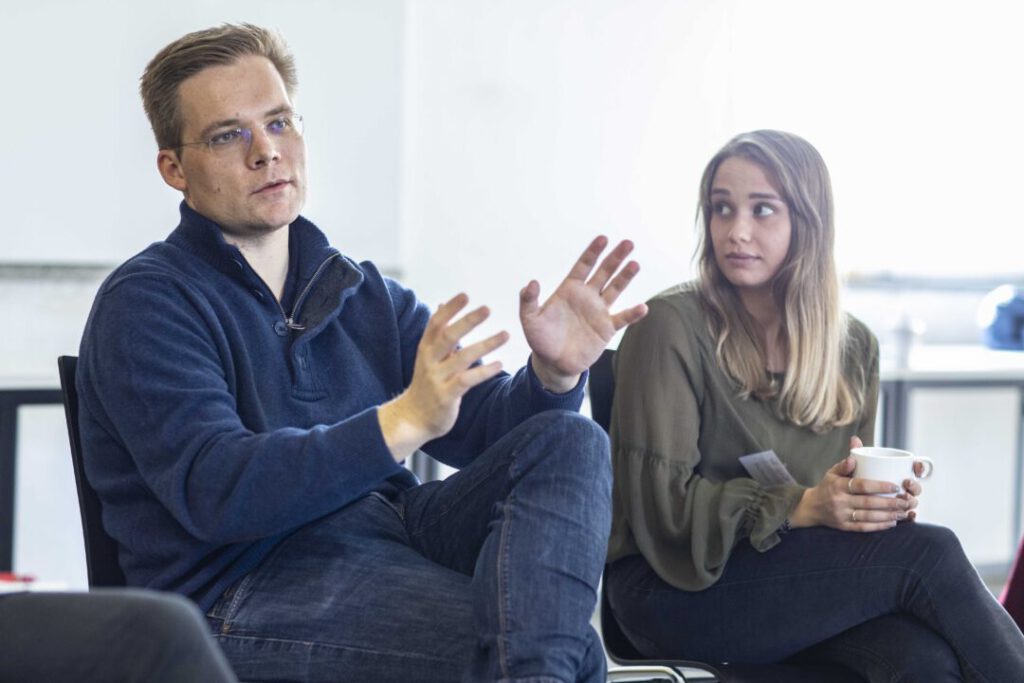
These insights were followed in the afternoon by a discussion about what had been experienced and also the consideration about possible engagements with regards to future projects. Some already declared their willingness to participate and within concreate project goals, whereas other were not entirely sure as to the exact nature they would participate. Nonetheless the clear goal of a long term project was established, with all invited and able to participate how they choose.
Finally, on the last day there was a program evaluation, in which the participants not only expressed their gratitude for the creation and implementation of this symposium, but also agreed to pass on what they had experienced – in the sense of the culture of remembrance.
In summary, from the point of view of the participants, the symposium was not only a success, but even significantly exceeded the expectations. Moreover, it was agreed that they would like to further develop this format structure – perhaps also annually – even for other members of the second and third generation, since the culture of remembrance is – in the eyes of those present – a very important building block for the prevention of future emerging grievances.
Author
Viktor Eberl
